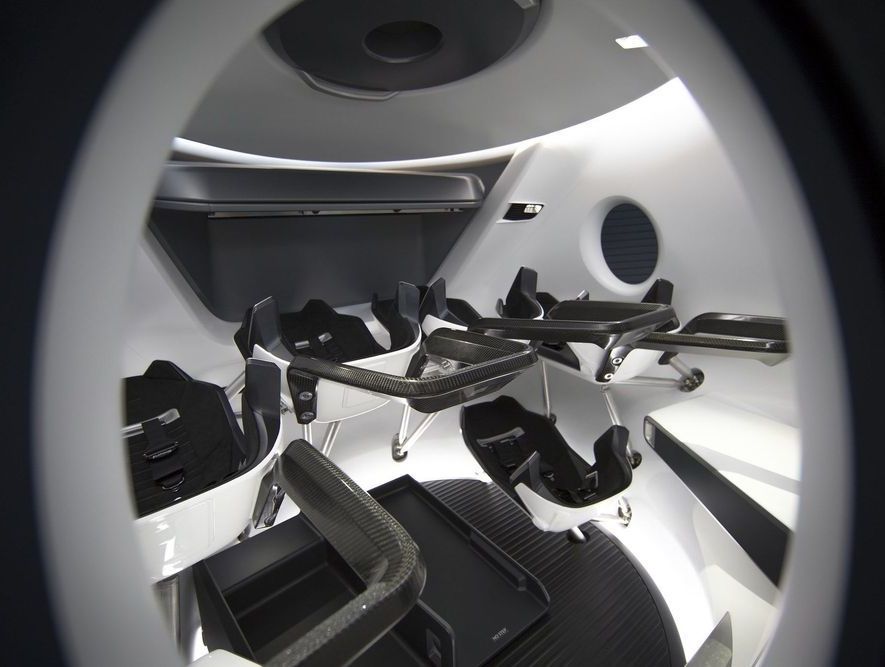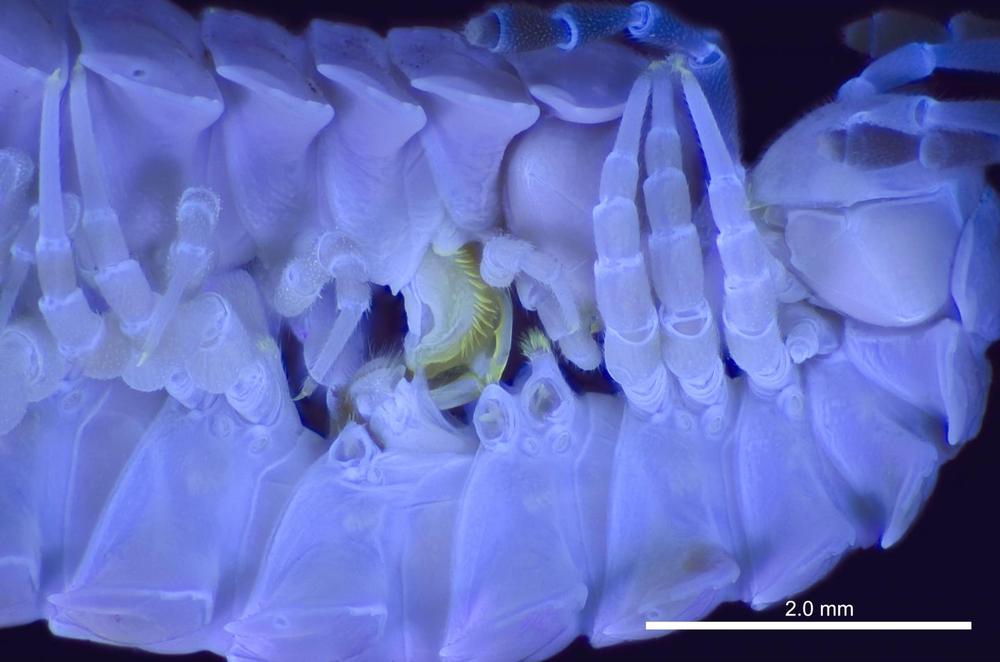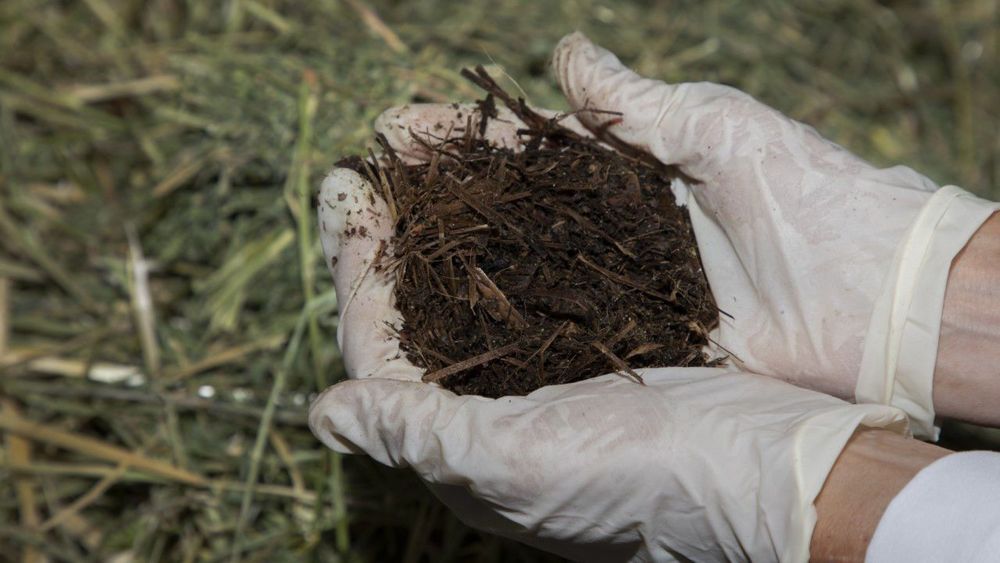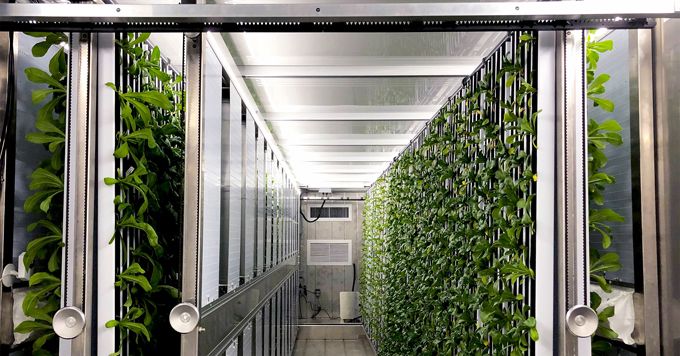Feb 18, 2020
SpaceX signs deal to fly 4 space tourists around Earth in about two years
Posted by Genevieve Klien in category: space travel
SpaceX will fly four privately-paying space tourists to orbit in its Crew Dragon capsule, the company unveiled on Tuesday.
“This historic mission will forge a path to making spaceflight possible for all people who dream of it, and we are pleased to work with the Space Adventures’ team on the mission,” SpaceX president and COO Gwynne Shotwell said in a statement.
The customers will be brokered through Space Adventures, a company that’s flown private citizens to the International Space Station using Russian spacecraft. The firm said this Crew Dragon mission will allow four individuals to “see planet Earth the way no one has since the Gemini program” of the 1960s.


















